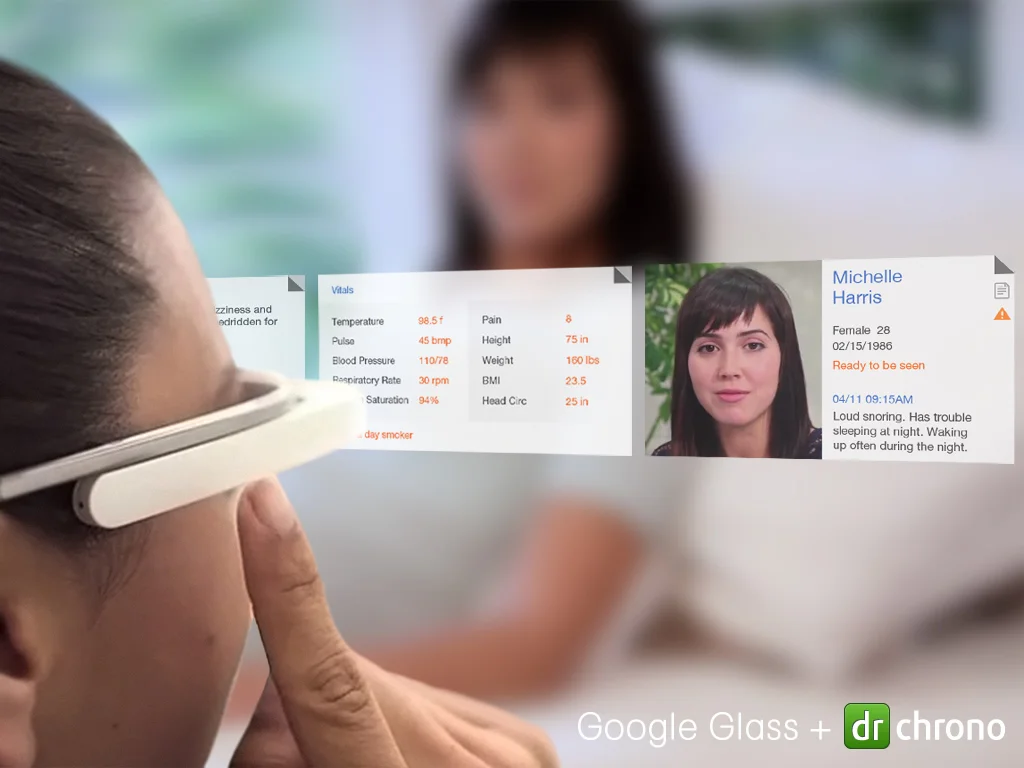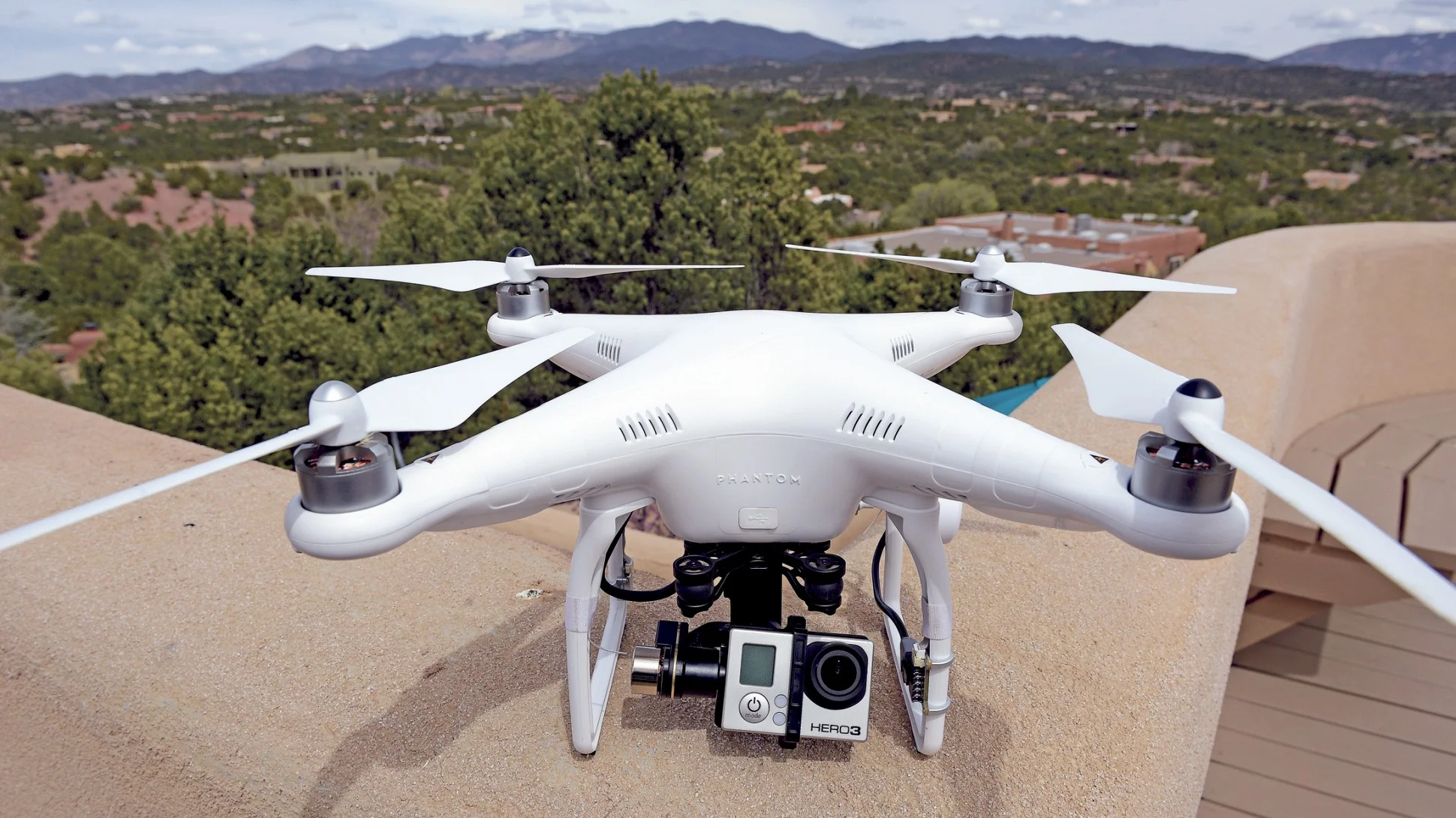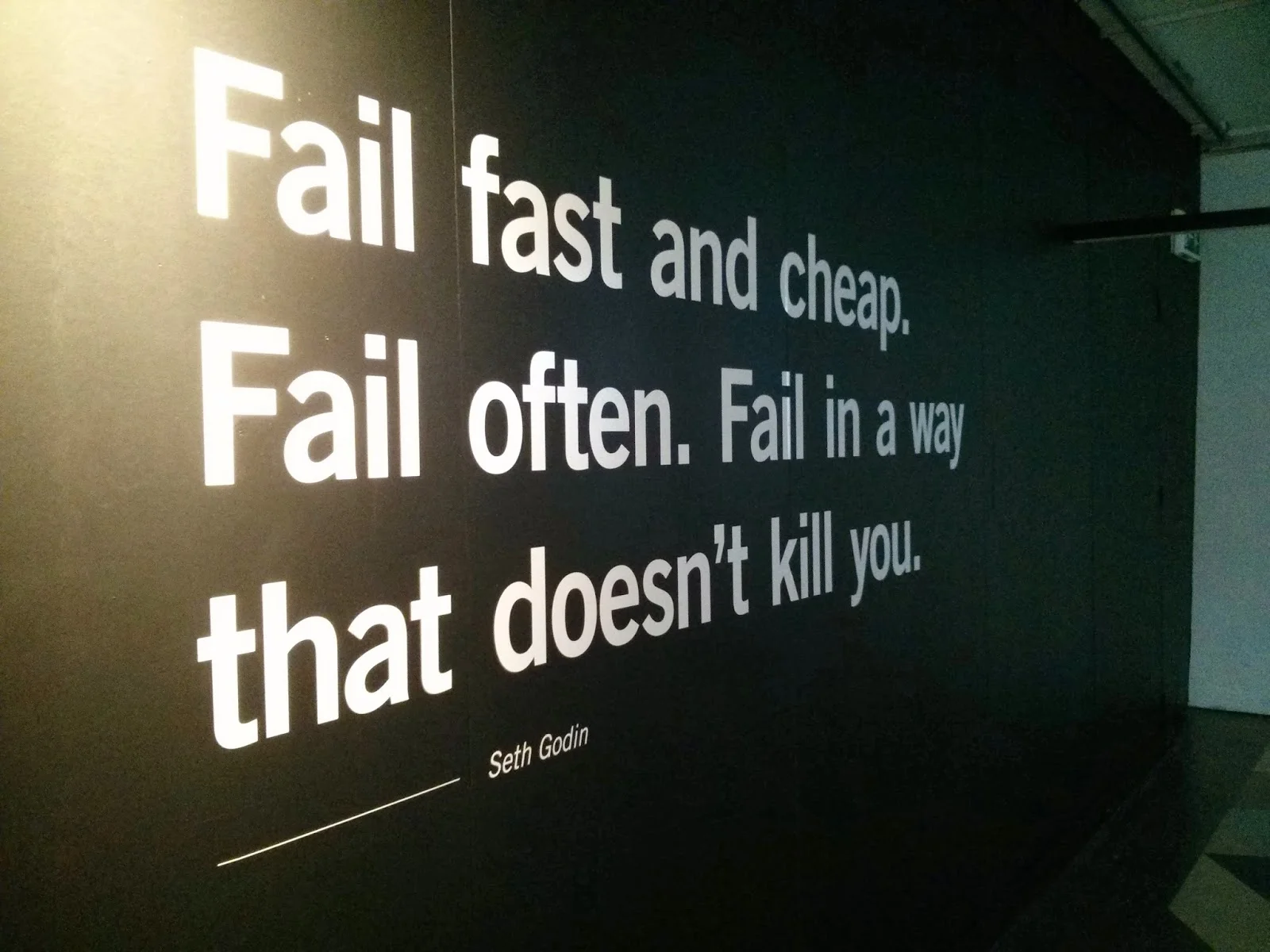Redesigning Older People's Services
4th December
Imagining the older persons service of the future is currently in the Bromford Lab. We've already agreed that "older persons service" is a misnomer. We want services that fit people regardless of age.
As part of of our prep work Vicky Green went on tour to visit a range of homes which are purpose built for older people. She was with three members of the Lab Squad who are looking at this - Jane Turner , Damian Carter and Ria Watson.
Here's Vicky's view:
From the old to the new – we really want to take a fresh view on what it feels like to live in these purpose built schemes.
We know that customers want to feel proud of their homes, this starts from the kerbside… what does it look like? How plush does it feel when I walk inside? What’s the welcome like? What will it feel like to live here? That’s before you reach your apartment door!
Sadly, with our older schemes – the approach is not great. Scaffolding surrounded the building, albeit for some much needed roofing improvements – but it didn’t disguise the vivid yellow atriums surrounding the entrance. Inside, it feels like a place time has forgotten. Shades of grey and blue dawn the cold hallways. An unappealing communal lounge has great opportunity, but lacking of imagination. There are some fantastic design pieces, stain glass windows, beautiful fireplace – but its combined with 1970 décor and uninspiring furniture.
You may think this feels harsh, but we want this to be different. Inspiring, beautiful and a place to call home! So plans are afoot – we are starting to reimagine how to re-ignite this place, make it feel magical and corridors that you want to walk through to find friends and enjoy social time. There is real opportunity here, but change needs to start small. Changing just one corridor at a time, bringing in colour and life. Watch this space to see how this fits in with our approach to creating independent living services for older people.
Next, we popped into our ‘flagship’ scheme in Lichfield. Great location, secure parking and a quality development. This place has been thought through, learning lessons from the past and it feels like home. Customers who live there were using the spaces well – planning social time and enjoying life with the buzzing community. We are working with local colleges to bring in local artists to create murals and artwork to personalise the corridors. Customers are already engaged here, and are proud of the place – so it’s about enabling those to make this new building a home.
Finally, we visited one of my favourite buildings, a Georgian building with some 1980’s apartments for older people. Whilst the apartments are still very much loved the main building is less used. Many years ago we had offices here, but these days it acts more of a storage space. But the opportunity here is massive. The original features are a plenty and the place oozes charm. It sits in the centre of a community and very close to a major city, so how can we make this place a real focus within this community. We are developing concepts that completely open up this place. A connected central point that serves its location and the people and businesses nearby. A place that joins folk regardless of their age! There are so many ideas starting to buzz… our intention is to develop a concept that creates a ‘zone’ and we really find out what local people want and need from this beautiful building. The gardens are tremendous and offer so many opportunities to everyone who lives in the vicinity.
These are just a few ideas that have come out of working with colleagues who are passionate about transforming our places – these places whether old or new are still new homes to our customers and we want them to be proud of them!












































